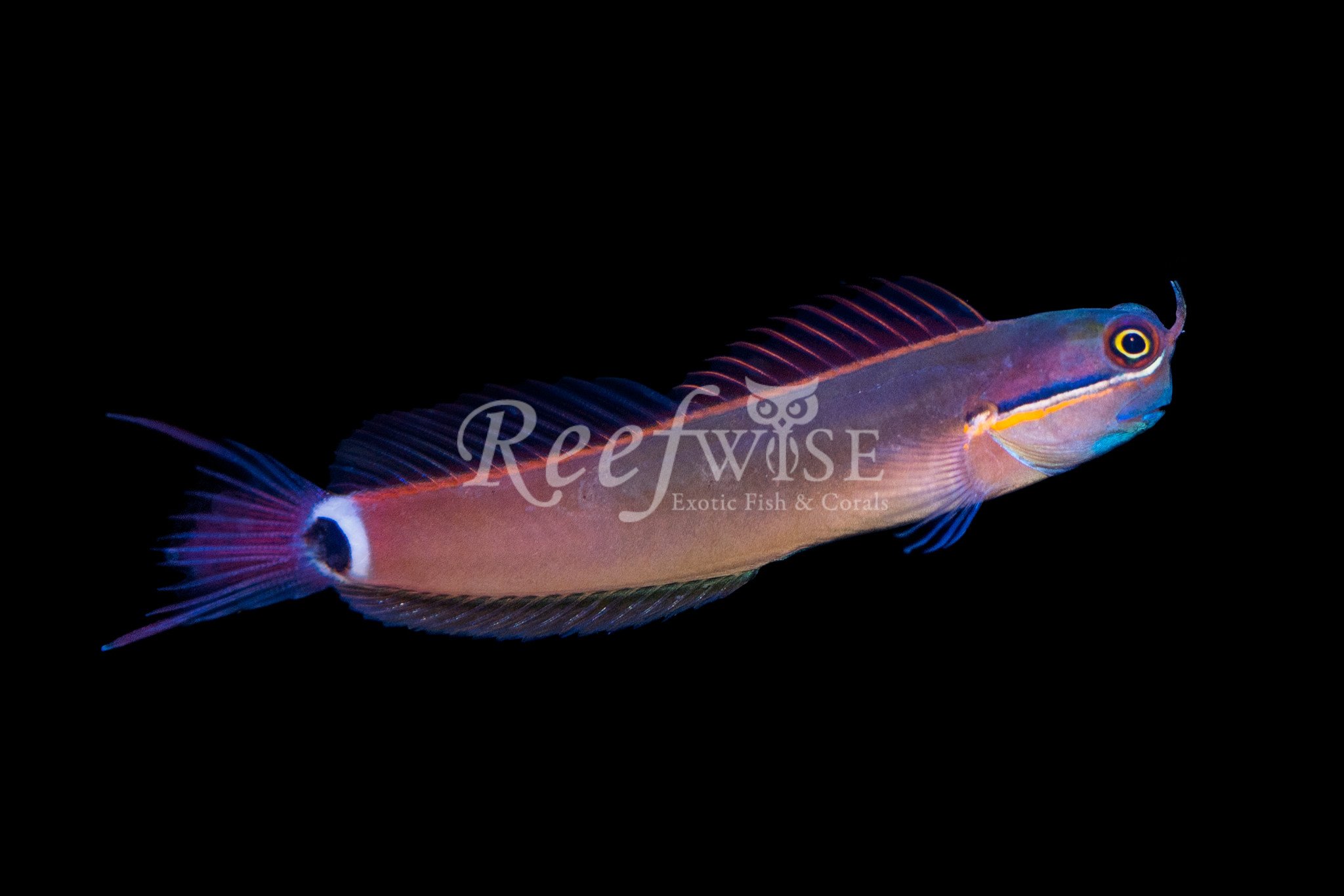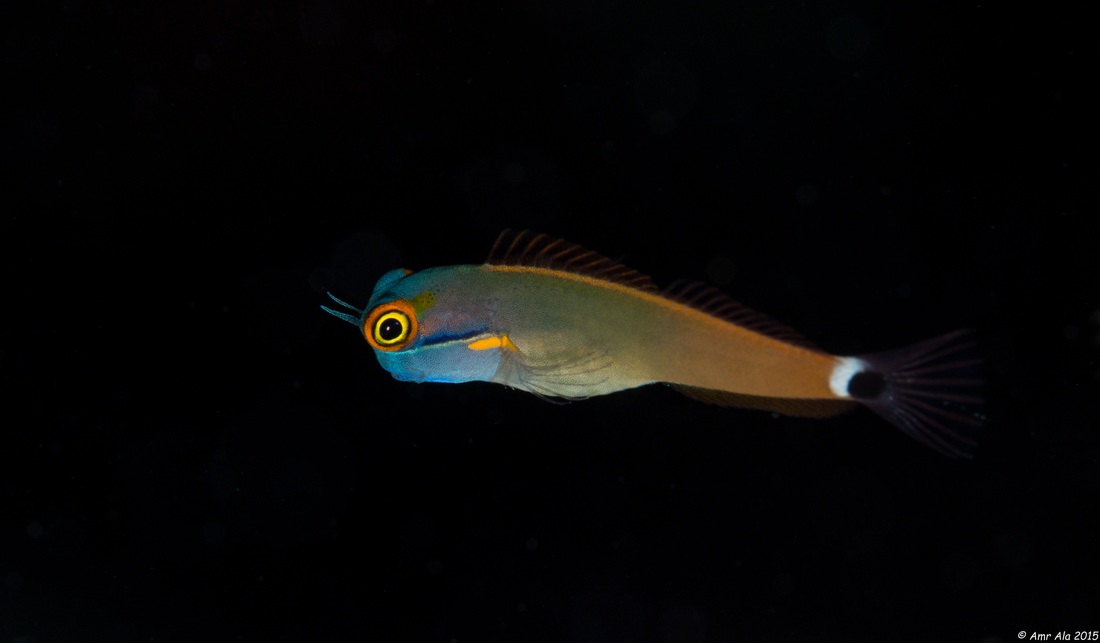Tail Spot Blenny(Ecsenius stigmatura), I would be curious to know if anyone knows how to sex these guys. I've read conflicting information about it. Some say you can't. Others say the males have little streamers on the tailfin. I've seen photos of some with and without the streamers but that could be a regional morph for all I know.






















